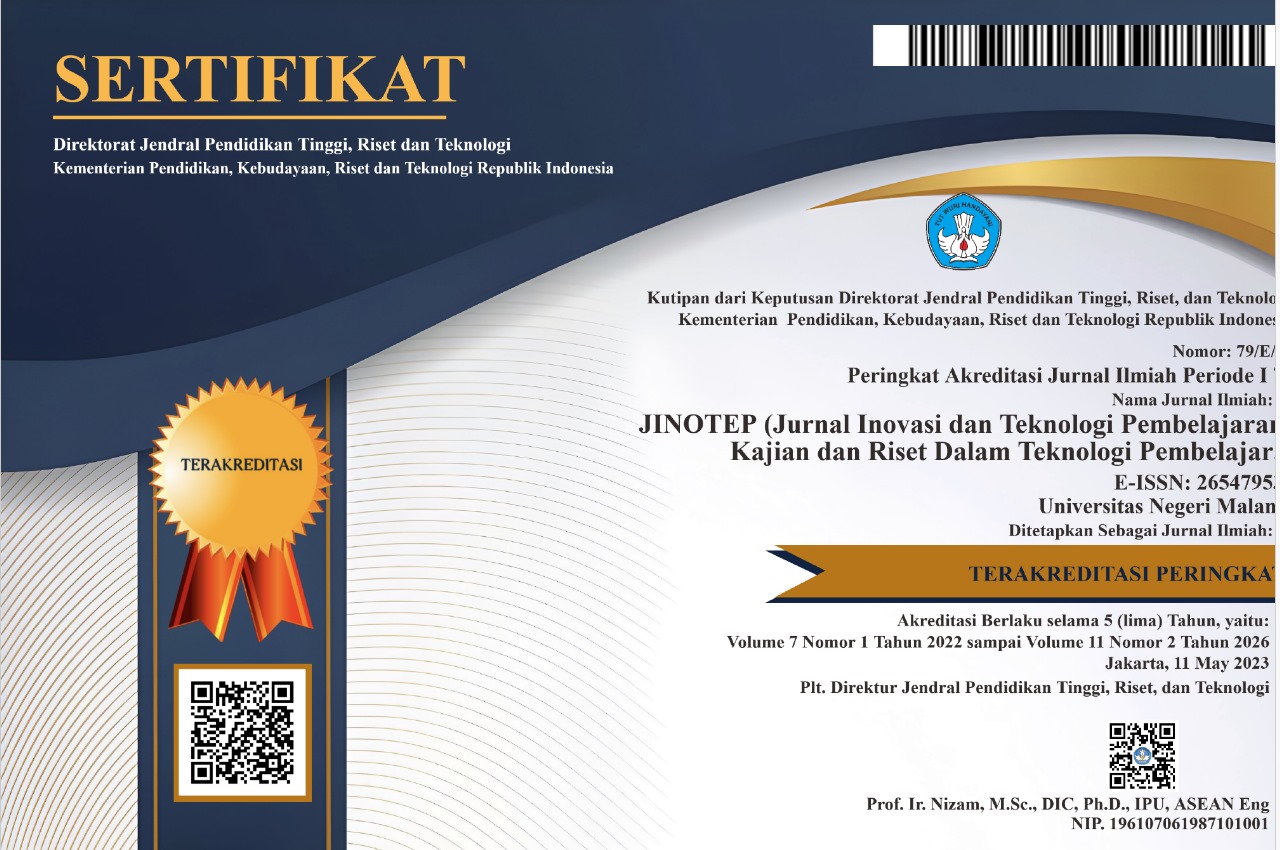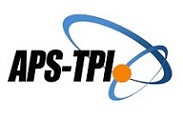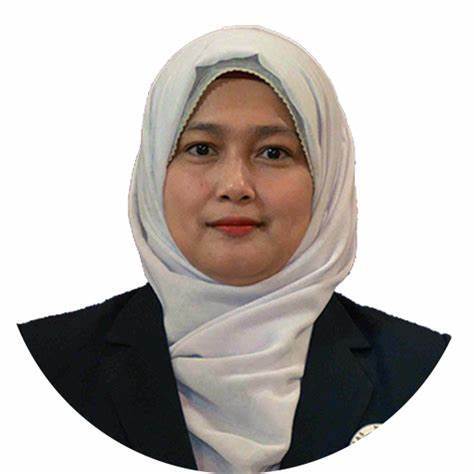Virtual Collaborative Learning for Improving Students' English Communication Ability in Bansubjaroen and Wangnampu School Loei Thailand
Abstract
Abstrak: Penelitian ini bertujuan untuk menganalisis efek perlakuan virtual collaborative learning (VCL) dalam meningkatkan kemampuan komunikasi siswa dalam Bahasa Inggris. VCL adalah metode belajar-mengajar sederhana yang mengharuskan siswa untuk bekerja sama dan berdiskusi dalam kelompok atau pasangan secara virtual sehingga mudah dipahami oleh siswa sekolah dasar di Thailand. Dalam penelitian quasi-experimental ini, desain time-series yang digunakan adalah masing-masing tiga kali pre-test dan post-test kepada dua belas siswa dari dua sekolah berbeda di Thailand. Data penelitian yang terkumpul dianalisis secara deskriptif. Hasil penelitian menunjukkan bahwa kemampuan komunikasi Bahasa Inggris siswa meningkat sekitar 48%. VCL juga meningkatkan kepercayaan diri siswa Thailand dalam berkomunikasi menggunakan bahasa Inggris. Penelitian ini juga menemukan potensi penggunaan VCL karena pelajar diusia muda lebih tertarik untuk belajar secara kolaboratif dengan lingkungan dan teman baru.
Abstract: This study was carried out to analyze the effect of virtual collaborative learning (VCL) for enhancing and encouraging students to improve their English communication ability. VCL is a simple teaching-learning method that requires students to work and discuss in groups or pairs virtually which are easy to understand by primary Thai students. In this quasi-experimental research, a time-series design that used three times in each pre-test and post-test were applied to collect data from twelve students from two different schools in Thailand. The data collected were analyzed descriptively. The findings of the study showed that all respondents had improvements in their English communication ability with around 48% of improvements. The VCL was also improved Thai students’ confidence in communicating using English. This study had also found the potential use of VCL as young learners had more interest in learning collaboratively with new environments and friends.
Keywords
Full Text:
PDFReferences
Adianto, S. (2020). Penerapan Scientific dan Cooperative Learning dengan Quis Online untuk Meningkatkan Hasil Belajar Siswa Sekolah Dasar. JINOTEP (Jurnal Inovasi Dan Teknologi Pembelajaran): Kajian Dan Riset Dalam Teknologi Pembelajaran. 7 (1), 57-65. Doi: 10.17977/um031v7i12020p057.
Al Hosni, S. (2014). Speaking Difficulties Encountered by Young EFL Learners. International Journal on Studies in English Language and Literature, 2 (6), 22-30. https://arcjournals.org.
Anderson, K. (2006). Using Online Discussions to Provide an Authentic Learning Experience for Professional Recordkeepers. Tony Herrington & Jan Herrington, Authentic Learning Environment in Higher Education, Hershey.214-223. PA: Information Science Publishing. doi: 10.4018/978-1-59140-594-8.ch016.
Berns, A., Rodriguez, F., Gomez, R. (2013). Collaborative learning in 3-D virtual environments. Global Perspectives on Computer-Assisted Language Learning Glasgow. United Kingdom: Papers.
Biyaem, S. (1997). Learner Training: Changing roles for a Changing World, Educational Innovation for Sustainable Development. 3rd UNESCO-ACEID International Conference. Bangkok.
Chandra, R. (2015). Collaborative Learning for Educational Achievement. Journal of Research and method in Education.5 (2). 1-4. doi: 10.9790/7388-052XXXXX.
Cho, Y.H., Lim, K.Y. (2017). Effectiveness of collaborative learning with 3D virtual worlds. Br. J. Edu. Technol. 48(1), 202–211. doi: 10.1111/bjet.12356.
Cook, T. D., Campbell, D. T., & Day, A. (1979). Quasi-experimentation: Design & analysis issues for field settings. Vol. 351. Boston: Houghton Mifflin.
Cottell, Philip G. Jr. and Barbara, M. J. (1994). Complex Cooperative Learning Structures for College and University Courses. To Improve the Academy. 304. Retrieved from:https://digitalcommons.unl.edu/podimproveacad/304
Daar, G., & Nasar, I. (2021). Teachers Challenges in The Learning Process During The Covid-19 Pandemic in Rural Areas. JINOTEP (Jurnal Inovasi Dan Teknologi Pembelajaran): Kajian Dan Riset Dalam Teknologi Pembelajaran, 8 (2), 186–193. https://doi.org/10.17977/um031v8i22021p186
Davis, Keith & John N. (2004). Perilaku Dalam Organisasi. ed. Ketujuh. Jakarta. Erlangga.
Djonnaidi, S., Wahyuni, N., & Nova, F. (2021). Pengaruh Penerapan Media Poster Digital dalam Pembelajaran Daring di Masa Pandemi terhadap Kemampuan Berbicara Siswa di Politeknik Negeri Padang. JINOTEP (Jurnal Inovasi Dan Teknologi Pembelajaran): Kajian Dan Riset Dalam Teknologi Pembelajaran, 8 (1), 38–46. https://doi.org/10.17977/um031v8i12021p038
Fitriasari, N.S. Et.al. (2020). Pembelajaran Kolaboratif Berbasis Online. Jurnal Teknologi Informasi dan Komunikasi. 10 (1). 77-86. doi: dx.doi.org/10.35586/inspir.v10i1.2564.
Guitert, M. (2011). Time Management in Virtual Collaborative Learning: The Case of the Universitat Oberta de Catalunya (UOC). eLC Research Paper Series, 2, 5-16. https://elcrps.uoc.edu
Harsley, R., Fossati, D., Di Eugenio, B., Green, N. (2017). Interactions of individual and pair programmers with an intelligent tutoring system for computer science. Paper Presented at the Proceedings of the Conference on Integrating Technology into Computer Science Education. ITiCSE, 285–290. doi: 10.1145/3017680.3017786.
Hernandez, N., Marcedes G., Pablo M. (2014). Planning Collaborative Learning in Virtual Environments. Media Education Research Journal. 21 (42). 25-32. doi: http://dx.doi.org/10.3916/C42-2014-02.
Hernández-Sellés, N. and Muñoz-Carril, P.C. (2012). Trabajo colaborativo en entornos e-learning y desarrollo de competencias transversales de trabajo en equipo: Análisis del caso del Máster en Gestión de Proyectos en Cooperación Internacional. Madrid: CSEU.
Homan, G., and Macpherson, A. (2005). E-learning in the corporate university. Journal of European Industrial Training, 29(1), 75-99. doi:10.1108/03090590510576226.
Ibáñez, M.B., García Rueda, J.J., Maroto, D., Delgado Kloos, C. (2013). Collaborative learning in multi-user virtual environments. J. Netw. Comput. Appl. 36(6), 1566–1576 (2013). doi: 10.1016/j.jnca.2012.12.027.
Jaiyai, S., et al. (2005). The existing situations and Problems Relating to Foreign Language Teaching and Learning in the Northeastern part of Thailand (Educational Region 5). The Thailand Research Fund.
Januariza, Y. and Suswati H. (2016). Students’ Anxiety in Learning English. International Seminar on English Language and Teaching. 4 (2). 468-474. http://ejournal.unp.ac.id/.
Johnson, D., Johnson, R. & Holubec, E. (1993). El aprendizaje cooperativo en el aula. Barcelona: Paidós
Jhonson, D.W., Jhonson, R. T., & Stanne, M. B. (2000). Cooperative Learning Methods: A Meta-Analysis. Minneapolis: University of Minnesota.
Kawinkoonlasate, P. (2020). Online Language Learning for Thai EFL Learners: An Analysis of Effective Alternative Learning Methods in Response to the Covid-19 Outbreak. Canadian Center of Science and Education. 13 (12). 15-26. doi: 10.5539/elt.v13n12p15.
Khatib, F. M. M. And Nooreiny M. (2014). Self-Eficiency Perception of Oral Communication Ability among English as a Second Language (ESL) Technical Students. Social and Behavioral Science. 204. 98-104. doi: 10.1016/j.sbspro.2015.08.121.
Leedy, P. D. and Ormrod, J. E. (2005). Practical Research Planning and Design. Practice Hall. Upper Saddle River, NJ.
Loes, C.N. et al. (2017). Does Collaborative Learning Influence Persistence to the Second Year of College?. The Journal Of Higher Education. 88 (01). 62-84. http://dx.doi.org/10.1080/00221546.2016.1243942.
Matthews, B. & Ross, L. (2010). Belajar dan Pembelajaran. Jakarta: Rineka Cipta.
Ningsih, S. (2020). Persepsi Mahasiswa Terhadap Pembelajaran Daring Pada Masa Pandemi Covid-19. JINOTEP (Jurnal Inovasi Dan Teknologi Pembelajaran): Kajian Dan Riset Dalam Teknologi Pembelajaran, 7 (2), 124–132. https://doi.org/10.17977/um031v7i22020p124.
Palos. R. and Merima C. P. (2014). Preceived Inportance of Communication Skills and Their Predictive Value for Academic Performance. Revista de Cercetare si Intervintie Sociala. 46. 85-98. http://www.rcis.ro.
Prapphal, K. (2003). English proficiency of Thai learners and directions of English teaching and learning in Thailand. Journal of English Language Studies, 1(1), 6-12. https://jsel@arts.tu.ac.th.
Punthumasen, P. (2007). International Program for Teacher Education: An Approach to Tackling Problems of English Education in Thailand. The 11th UNESCO-APEID international conference. Retrieved from http://www.worldreform.com/pub/paperies13dec07.pdf
Purcher, P., Hofler, M., Pirker, J., Tomes, L., Ischebeck, A., Gutl, C. (2016). Individual versus collaborative learning in a virtual world. Paper Presented at the International Convention on Information and Communication Technology, Electronics and Microelectronics. 824–828. doi: 10.1109/mipro.2016
Rao, P. S. (2019). The importance of speaking skills in English Classroom. Alford Council of International English & Literature Journal (ACIELJ). 2 (2). 6-18. www.acielj.com.
Roberts, T. (2005). Computer-Supported Collaborative Learning in Higher Education: An introduction. In T.S. ROBERTS (Ed.), Computer-Supported Collaborative Learning in Higher Education. 1-18. Hershey: Idean Group Publishing.
Tadesse, S. and Worku M. (2020). The Impac of Covid-19 Pandemic on Education System in Developing Countries: A Rivew. Open Journal on Science. 8. 159-170. doi: 10.4236/jss.2020.810011.
Xin, T. C. and Yunus, M. Md. (2019). The Effects of Kagan Cooperative Learning Structures in Teaching Subject–Verb Agreement among Rural Sarawak Learners. Arab World English Journal (AWEJ). 10 (2). doi: http://dx.doi.org/10.2139/ssrn.3418106.
Yonas, M. and Mitike M. (2020). An Explorative Study to Document Challenges of Virtual Teaching and Learning Due to COVID-19 among Graduate Students at The SPH, CHS, Addis Ababa University at 2020. Research Square. 1-13. Doi: https://doi.org/10.21203/rs.3.rs-89266/v1
Yuan, J. and Kim, C. (2014). Guidelines for facilitating and develipment of learning communities in online courses. Journal of Computer Assissted Learning. 30(3). 220-232. Doi:10.1111/jcal.12042.
DOI: http://dx.doi.org/10.17977/um031v8i32021p299
Refbacks
- There are currently no refbacks.
Copyright (c) 2021 Nur Musa'arah, Riska Widiyanita Batubara

This work is licensed under a Creative Commons Attribution-ShareAlike 4.0 International License.
======================================================================
Jurnal Inovasi dan Teknologi Pembelajaran published by Universitas Negeri Malang in collaboration with the Asosiasi Program Studi Teknologi Pendidikan Indonesia (APS TPI) and Ikatan Profesi Teknologi Pendidikan Indonesia (IPTPI) with a MoU.
Publisher Address:
Educational Technology Laboratorium, Building D5, 1st Floor
Faculty of Education, Universitas Negeri Malang
Semarang St. No. 5, Malang City, East Java Province, Postal Code 65145
Email: jinotep.fip@um.ac.id
======================================================================

JINOTEP is licensed under a Creative Commons Attribution-ShareAlike 4.0 International License.
JINOTEP Statistics (Since July 13th, 2020)



.png)




.png)
1.png)
1.png)
4.png)
2.png)
1.png)
1.png)
.png)


_3.png)





1.png)
.png)